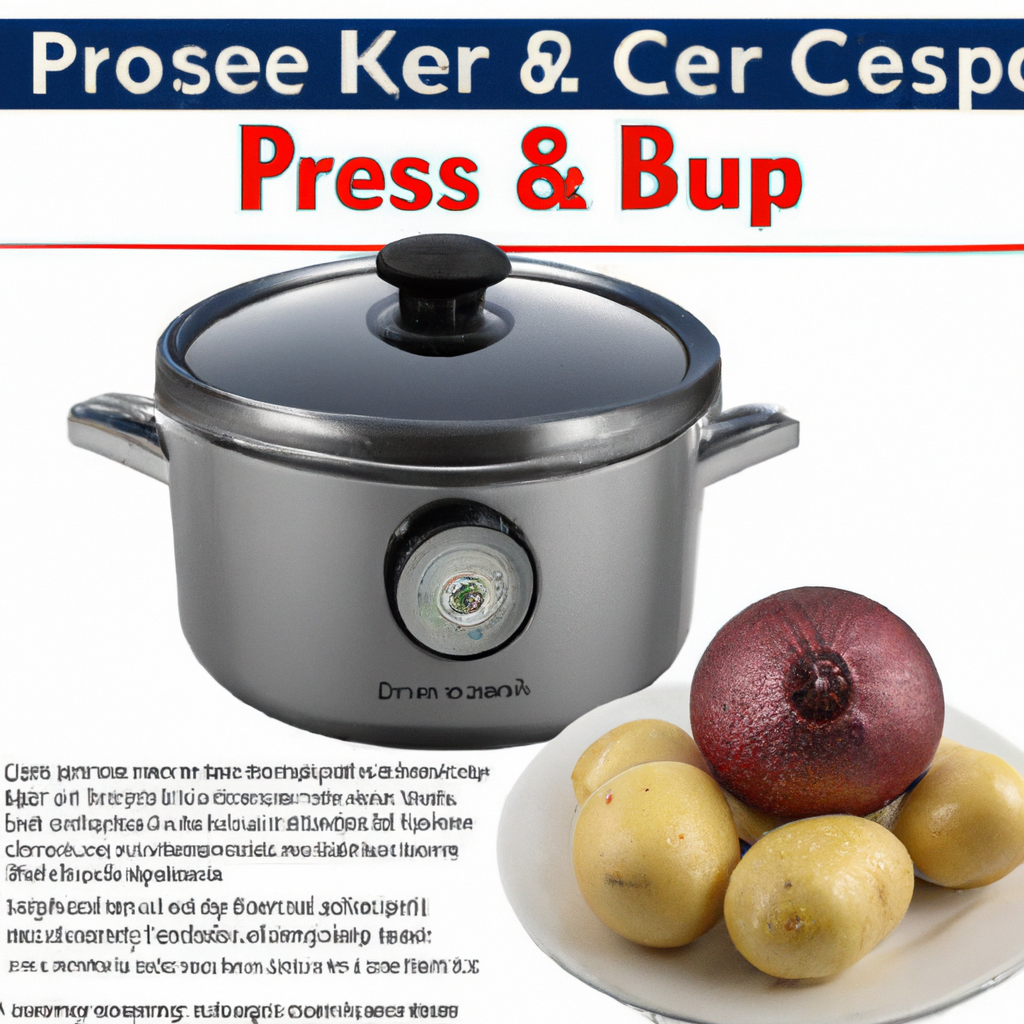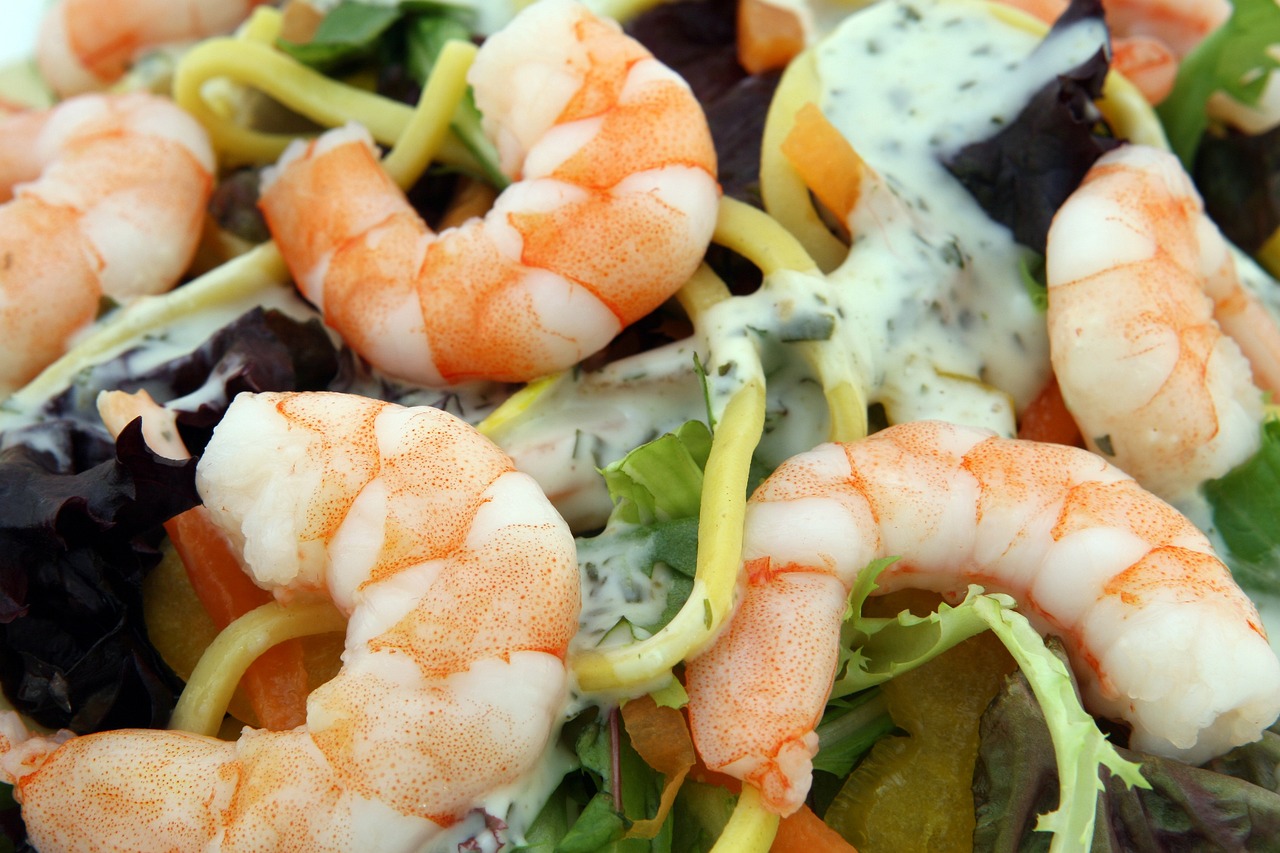Imagine being able to use one appliance for both pressure cooking and pressure canning. In this article, we will explore the question, “Can you pressure cook food in a pressure canner?” We will take a closer look at the possibilities of using a pressure canner to cook meals efficiently. Discover how this versatile appliance can revolutionize your cooking experience by saving time and producing delicious results.
Can You Pressure Cook Food In A Pressure Canner?
What is a pressure canner?
A pressure canner is a specialized kitchen appliance used for preserving food in jars or cans by using high-pressure steam to create a sealed and sterile environment. It is designed to safely process low-acid foods, such as vegetables, meats, and poultry, in order to kill harmful bacteria and prevent spoilage. Pressure canners typically have a larger capacity compared to pressure cookers and are specifically designed for home canning purposes.
What is pressure cooking?
Pressure cooking, on the other hand, is a cooking method that utilizes steam pressure to cook food in a sealed and airtight container. By trapping the steam inside the pot, pressure cookers are able to raise the boiling point of water, allowing food to cook quickly and evenly. This method is well-known for its ability to tenderize tough cuts of meat, reduce cooking time, and retain the nutrients and flavors of food.
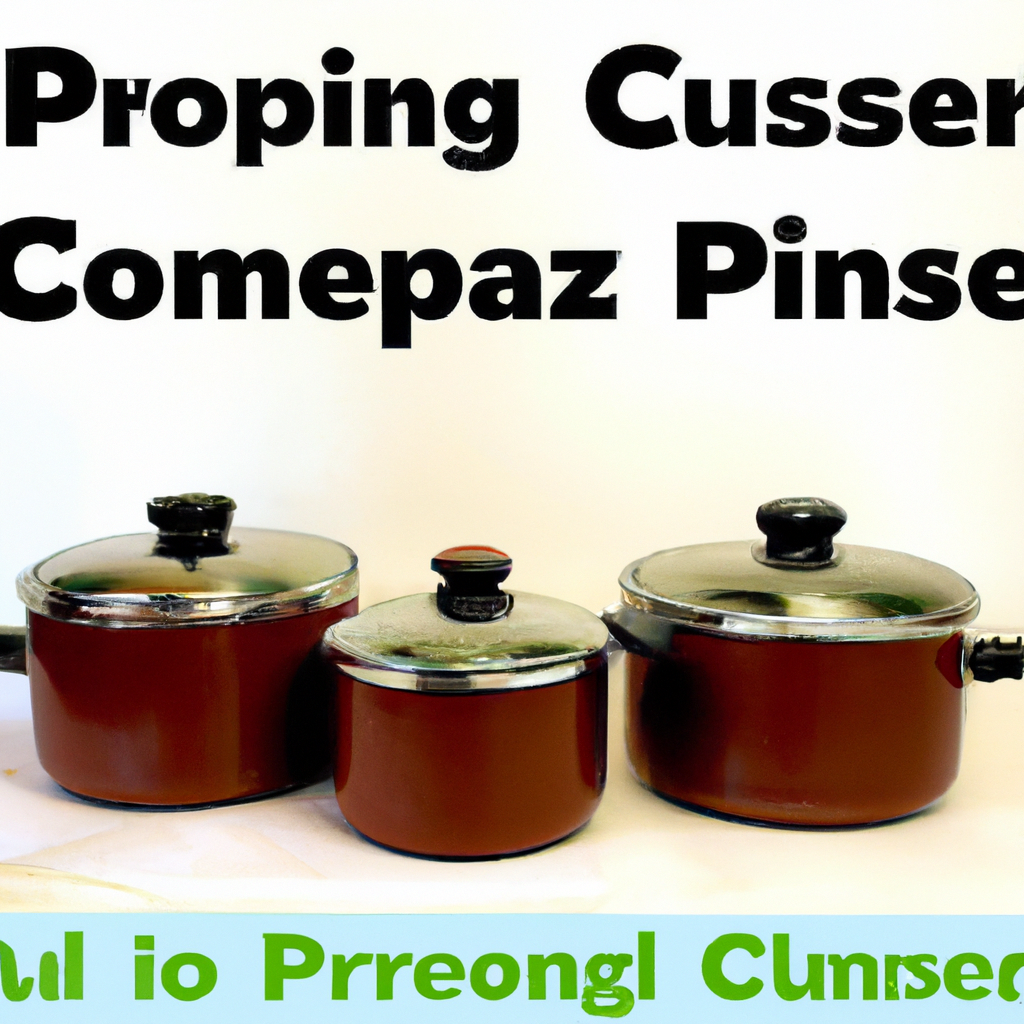
Differences between pressure canning and pressure cooking
While pressure canning and pressure cooking involve similar principles of utilizing steam pressure, there are some key differences between the two processes. One of the main distinctions lies in the purpose and intended use of the equipment.
Pressure canners are specifically designed to safely process low-acid foods for long-term storage, whereas pressure cookers are primarily used for everyday cooking, allowing you to prepare meals efficiently. Pressure canners are built with the ability to reach and sustain higher pressure levels than pressure cookers, ensuring food safety during the canning process.
Safety considerations
Safety is of utmost importance when using any kind of pressure cooking or canning equipment. Pressure canning can be vital in preventing the growth of harmful bacteria like botulism, but it requires strict adherence to safety guidelines and proper equipment usage. Improper canning practices can result in serious foodborne illnesses.
Pressure cookers, although generally considered safe, also require a certain level of caution. The high pressure and heat involved can potentially cause accidents if not used properly. Always follow the manufacturer’s instructions, release the pressure before opening the lid, and practice safe usage to avoid any mishaps in the kitchen.
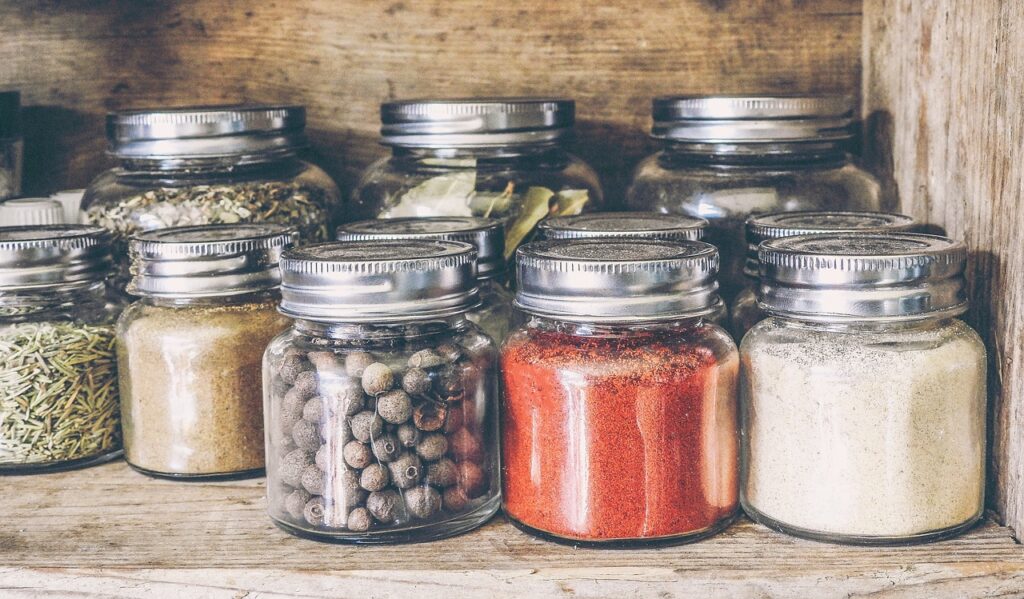
Benefits of pressure cooking
Pressure cooking offers numerous benefits that make it a popular choice among home cooks. The quick cooking time significantly reduces the amount of time spent in the kitchen, which can be especially advantageous for busy individuals and families. This method also helps to retain the nutritional value of the food, as the shorter cooking time prevents excessive nutrient loss.
In addition, pressure cooking is ideal for tenderizing tougher cuts of meat, making them more tender and flavorful. It is also a great way to save energy, as the shorter cooking duration requires less electricity or gas. With the ability to cook a variety of dishes, from rice and stews to soups and desserts, pressure cookers are versatile tools that can streamline your meal preparation.
Potential risks of pressure cooking in a pressure canner
While it may be tempting to use your pressure canner as a multipurpose appliance, it is important to be aware of the potential risks. Pressure canners are not designed or tested for pressure cooking, and using them for this purpose can pose several hazards.
Firstly, pressure cookers typically have built-in safety features, such as pressure release valves and locking mechanisms, to ensure safe usage. Pressure canners may lack these features, making it difficult to monitor and regulate the pressure inside. This can increase the risk of explosion or other accidents.
Furthermore, pressure canners may not have the same heat distribution as pressure cookers, which could result in uneven cooking and potentially lead to food safety issues. It is always best to use equipment as intended to minimize any potential risks.
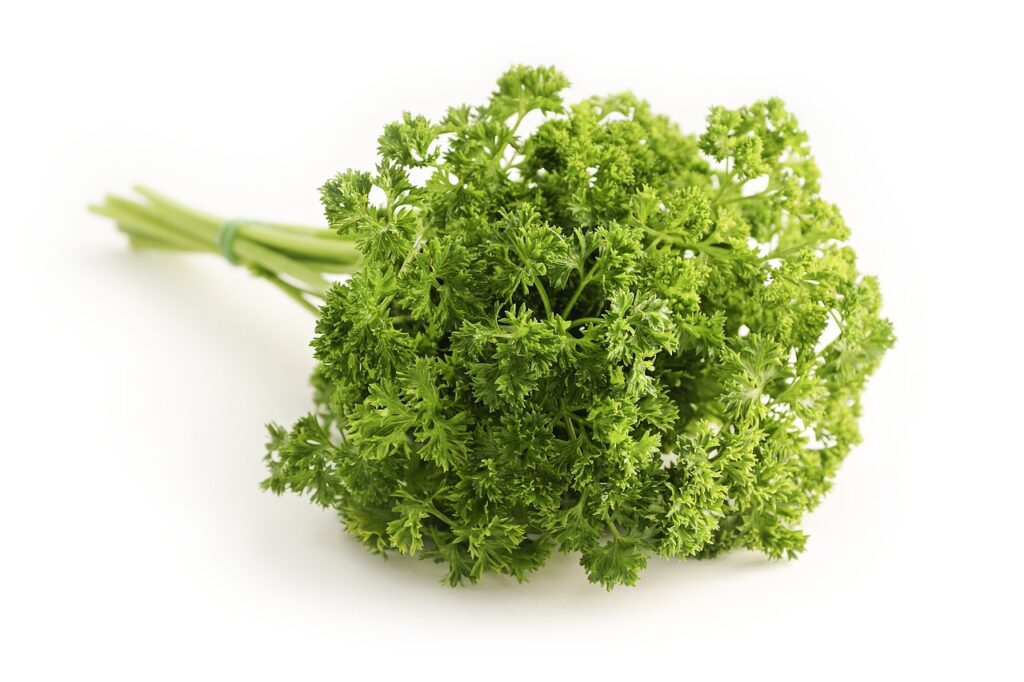
Can you use a pressure canner as a pressure cooker?
While it is technically possible to use a pressure canner as a pressure cooker, it is not recommended. The design and functionality of pressure canners make them unsuitable for pressure cooking purposes. It is safer and more efficient to invest in a dedicated pressure cooker for your everyday cooking needs.
Recommended alternatives for pressure cooking
If you do not have a pressure cooker but still wish to enjoy the benefits of pressure cooking, there are alternative options available. Electric pressure cookers are convenient and user-friendly appliances that offer the same functionality as traditional stovetop pressure cookers. They are equipped with safety features, precise control settings, and programmable timers, making them a reliable choice for pressure cooking.
Slow cookers, also known as crock-pots, can be another viable alternative for certain types of pressure cooking recipes. Although they do not utilize pressure like pressure cookers, slow cookers use low, steady heat over an extended period of time to cook food. This can be ideal for dishes that require long braising or simmering, such as pot roasts or stews.
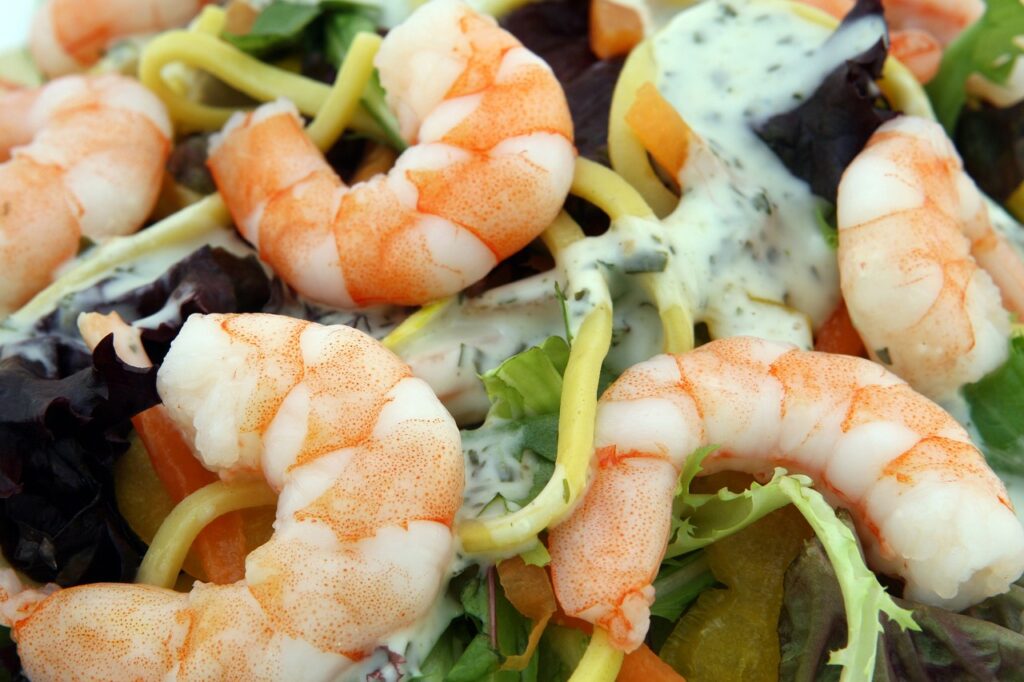
Tips for using a pressure canner as a pressure cooker
If you are adamant about using your pressure canner for pressure cooking, it is essential to take extra precautionary measures. Here are some tips to help minimize risks:
-
Familiarize yourself with the manual: Read the instruction manual of your pressure canner thoroughly to understand its limitations and safety guidelines.
-
Be mindful of pressure levels: Take extra care to monitor and regulate the pressure levels during the cooking process, as pressure canners may not have the same control mechanisms as pressure cookers.
-
Use caution when releasing pressure: Follow the recommended procedure for releasing pressure to avoid any sudden and dangerous releases.
-
Consider smaller batch sizes: Pressure canners often have larger capacities, so adjusting recipes to smaller batch sizes can help ensure even cooking and prevent potential safety issues.
-
Use a heat diffuser: To help distribute heat more evenly, consider using a heat diffuser or placing a heat-resistant layer between the canner and the heat source.
Conclusion
While it may seem tempting to repurpose your pressure canner as a pressure cooker, it is not a recommended practice. Pressure canners and pressure cookers are designed for distinct purposes, and using them interchangeably can pose several safety risks and compromise the quality of your food.
Investing in a dedicated pressure cooker or exploring alternative methods, such as electric pressure cookers or slow cookers, ensures a safer and more efficient cooking experience. Prioritizing safety in the kitchen is paramount, so always follow the manufacturer’s guidelines and take necessary precautions when using any pressure cooking equipment.
